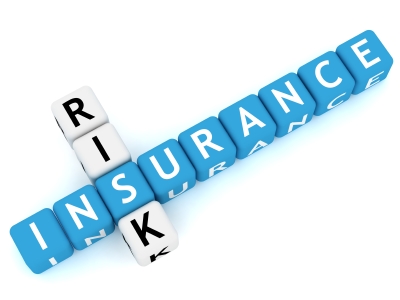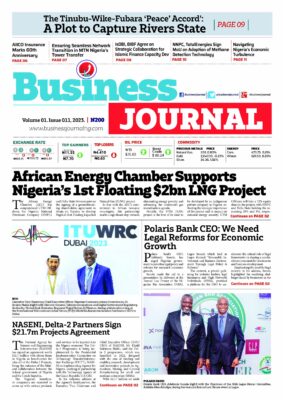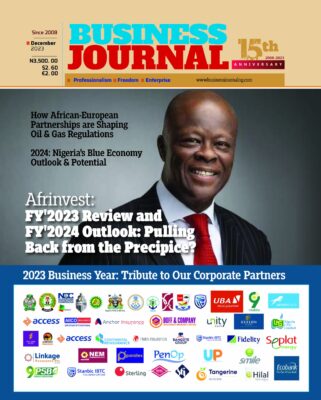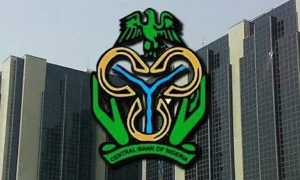By: Babajide Oniwinde
Nigerian insurance companies have been charged to open themselves up to international credit rating.
In a paper titled “International Rating of insurance companies in Nigeria” the Former Head of Strategy at NAICOM, Babajide Oniwinde, said it is important for insurers to seek for independent assessment of their financial strength and claims payment capabilities using international credit rating agencies.
Benefits of rating
For an insurance company, a rating can help attract new business or open new opportunities and possibilities. Here are some of the benefits of being rated:
- Share price The rating could impact on the company’s share price as investors are likely to view and perceive the insurance company more favorably if they have been positively assessed.
- Marketing tool Having a good rating will help the insurer to attract sufficient volumes of high quality business. Policyholders want to be reassured that their insurer will be able to pay/meet their claims.
- Differentiation A well run, well capitalised and well managed insurance company can use rating to appear unique and to differentiate itself from weaker counterparts.
- Access to capital markets Rating can help attract foreign investment, and can make it easier to mobilise funds from public and institutions or banks; it helps to improve earnings profile, enhance returns on capital/returns on equity.
- Motivation for growth Rating provides motivation to the company for growth as the insurer feels confident in the assessment of its own status which is subject to self-discipline and self-improvement and the company is motivated to undertake expansion of its operations.
What rating assesses
Rating assesses the following areas:
- Capital adequacy Rating will show if the company has enough capital to absorb unexpected or additional losses. Quality of and access to capital is also key.
- Reserve strength Rating agencies spend time and resource performing independent assessment of insurers’ level of reserve adequacy (or redundancy) to determine the insurer’s future viability.
- Profitability An insurer’s ability to generate consistent profit streams and cash flow reflects its strength in that a successful business is likely to continue trading (and to pay claims).
- Brand value An insurer that dominates its chosen market, has secure and long-standing distribution outlets, and has a strong brand value and presence with insurance purchasers, will be likely to be stronger operationally than a smaller player.
- Management quality Management track record, skill and controls forms part of rating analyses. This involves forming a judgement as to whether management has a clear and realistic business strategy.
- Leverage/gearing position Failure to pay interest or principal on loans is assessed as well as allowance for the gearing position of the insurer.
- Dividend policy the Dividend payout/profit retention is looked at.
- Ownership Support and capital contribution from owners of the company; ownership by a prominent insurance parent may be considered to provide a greater degree of comfort than ownership by a non-insurance parent who is likely to have different strategic objectives.
- Investments To assess if the investment portfolio/strategy is high-risk and how reliant the company is on investment returns to subsidise underwriting.
- Legal/regulatory environment As ratings are global, credit ratings must reflect the legal and regulatory environments that an insurer operates in, to the extent that they influence its ability to trade profitably and pay claims.
- Reinsurance A primary insurer’s reinsurance strategy —the types and extent of covers it purchases and the credit quality of the reinsurers — will form part of a credit analysis to the extent that, effectively, reinsurance is seen as a substitution or complement for capital.
The main international rating agencies for insurance companies
Standard & Poor’s, which has its origins in 1860, was formed by a merger of Standard
Statistics and Poor’s Publishing Company in 1941. It was acquired by the McGraw-Hill
Companies, Inc in 1966.
AM Best was founded in 1899 and is a worldwide insurance-rating and information
agency. It specialises in reports and ratings of insurance companies.
Others include Moody’s and Fitch.
The ratings process
The ratings process can be summarised as follows:
- the insurer approaches the rating agency to request a rating;
- a lead analyst and rating team is assigned, and a preliminary review is done using publicly available data;
- the rating team meets with the insurer’s management, to gain insight into the business, and to assess the management team;
- drawing on public and non-public information, the rating team conducts a detailed analysis of the company;
- this analysis is then presented to a rating committee, which, after discussion, assigns a rating;
- this rating, and the analysis behind it, is then communicated to the insurer;(the insurer can decide if they want the rating publicised)
- following the assignment of a rating, the rating is subject to an annual review.
Type of ratings assigned
Ratings agencies assigns a letter grade as a kind of market shorthand for the strength and stability of any rated insurance company. For example, here are the ratings available from A.M. Best:
A++ Superior
A+ Superior
A Excellent
A- Excellent
B++ Very Good
B+ Good
B Fair
B- Fair
C++, C+ Marginal
C, C- Weak
D Poor
E Under regulatory supervision
F In Liquidation
Implementation
Just about five Nigerian insurance companies have so far opened themselves to international credit rating in UK and US. Others have sought ratings from South African rating agencies but now more insurance companies have been considering rating. Insurance companies should seek to stand out by obtaining international ratings as a tool to demonstrate their financial strength and claims paying ability.















